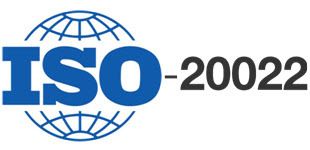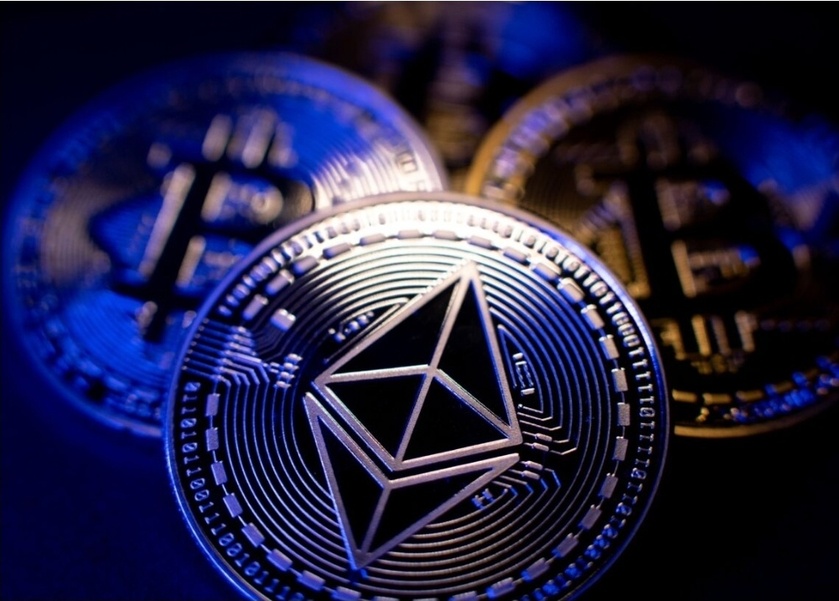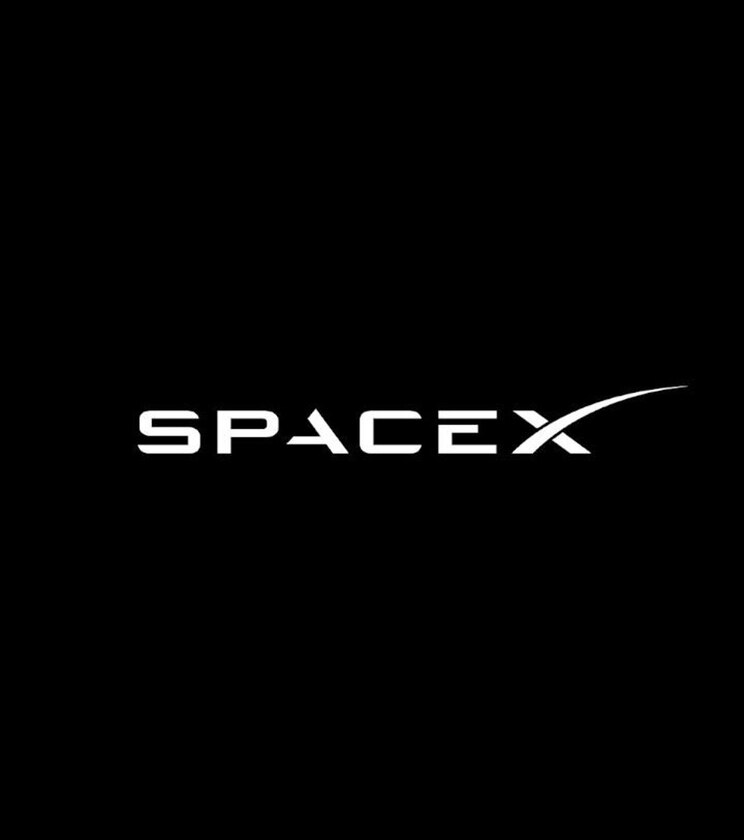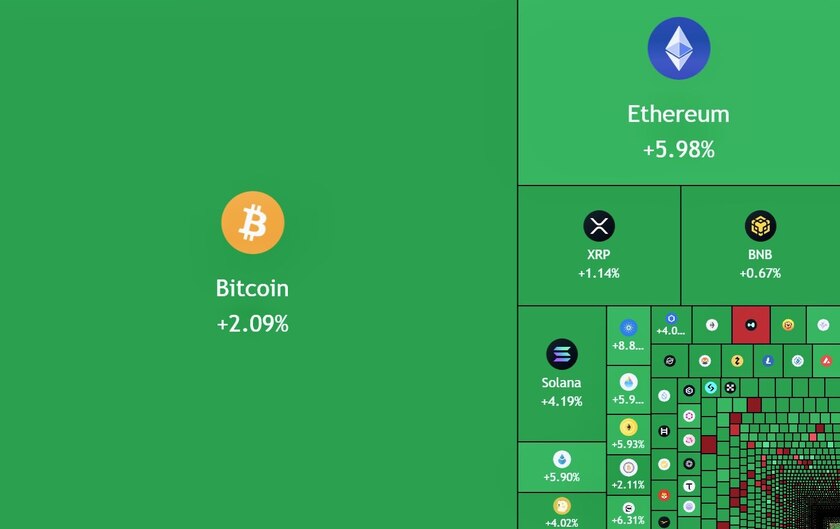SWIFT plans to introduce a central Transaction Manager (TM) platform, which will be mandatory for all SWIFT users. This article provides an update on ISO 20022 payments standard migration so far...
The upcoming implementation of ISO 20022 in the high value payments (HVP) space is set to unlock a host of benefits for the cross-border payments industry – from improved compliance processes to the creation of innovative products and services. Deutsche Bank’s Joey Han explores how preparations are ramping up – and what we should expect as we transition into the ISO 20022 era
The origin of ISO 20022 dates back to 2004, when it was first recognised by the International Organisation for Standardisation (ISO) as the global payment standard of the future. Eighteen years later, this future has nearly arrived. Once Society for Worldwide Interbank Financial Telecommunications (SWIFT) and major payment market infrastructures (including T2, Fedwire/CHIPS and CHAPS) have migrated to the new standard over the next couple of years, ISO 20022 will apply to the entire spectrum of payments, including domestic, automated clearing house (ACH), real-time and high value cross-border payments.
The new standard is comprehensive in scope, flexible in nature and will act as a harmonised, global standard. This comes at a critical time for the industry, with calls for seamless and faster payments growing louder – and it is hoped that these attributes can provide the foundation for uplifted customer experience, streamlined compliance procedures, and a host of new, innovative services.
The decision to migrate HVP to ISO 20022 gave rise to a multi-year, industry-wide set of preparations – involving all key actors, from financial institutions and corporates, to clearing infrastructures and SWIFT.
Over the past few years, however, the proposed migration strategies have, for a variety of reasons, been somewhat of a moving target. Most recently, the European Central Bank (ECB) announced what is anticipated to be final change to its strategy, with the go-live date moving from November 2022 to March 2023 to give participants additional time to complete their testing in a stable environment. In order to align with the ECB’s revised strategy – and to ensure the implementation is as straightforward as possible – both European Banking Authority (EBA) Clearing and SWIFT announced that they would also sync up their respective migrations. The Bank of England is scheduled to migrate in April 2023 (though a deadline extension is also being considered), followed by The Clearing House and The Federal Reserve Banks in November 2023 and March 2025 respectively.
The differences in migration timelines and scope, as well as the fact that some banks will migrate immediately, while others will wait, is introducing a host of challenges – and ultimately delaying the benefits the new, data-rich payment standard can bring. So, how are these challenges being addressed, and what are the main considerations going forward?
Full steam ahead in APAC
The migration of domestic, HVP systems in Asia Pacific (APAC) are already well underway. In summer 2022, several ISO 20022 migrations took place across APAC. Paving the way for the rest of the world, Thailand’s RTGS system – known as Bank of Thailand Automated High-value Transfer Network (BAHTNET) – became one of the first payment infrastructures to introduce ISO 20022 this year, along with the Malaysian RTGS (RENTAS) and the Singaporean RTGS (MEPS+). Additionally, Australia will be going live in March 2023, with a co-existence period lasting until November 2024. New Zealand will also go live at the same time.
What can we learn from the early adoption of ISO 20022? Not all migrations are created equal. When moving to ISO 20022, banks operating in multiple markets have to navigate different geographical and regulatory conditions, as well as different technical approaches. Both a phased “like-for-like” approach and a “big-bang” approach will also impact the migration project, operations and end customer in different ways.
Also, while the rules for how to use ISO 20022 messages are based on the market practices outlined by High Value Payments Systems Plus (HVPS+) and are in line with Cross-Border Payments and Reporting Plus (CBPR+), they are still not the same in every market. Close attention is needed to spot and prepare for these subtle differences – or risk a higher volume of rejects and further issues in payments processing.
“The ISO 20022 migration is much more than just a new messaging format, it is the start of an entirely new era for payments”
Transaction management
Though several communities are already using ISO 20022, with the upcoming changes covering correspondent banking, the significance of the move to the new standard is much more far reaching. Correspondent banking largely relates to cross-border payments, but it also includes domestic payments between correspondents – or indirect participants – and their direct participants in the domestic HVP market infrastructures.
As part of its migration, SWIFT plans to introduce a central Transaction Manager (TM) platform, which will be mandatory for all SWIFT users. The TM will orchestrate transactions end-to-end, replacing the point-to-point messaging that is currently in use. The first interbank message in the payment chain will trigger the creation the Transaction Copy, which will then be updated with each subsequent message in line with strict data integrity rules. The improvements this will bring to end-to-end transaction integrity is one of the major drivers for the introduction of the platform. The technical deployment of the TM took place in November 2022, with no payment traffic expected until May 2023.
It will also play a key role in helping financial institutions navigate SWIFT’s co-existence phase (March 2023 to November 2025) – the period in which MT and ISO 20022 messages will remain interoperable – by removing the “weakest link” problem and mitigating the risk of data truncation. The TM will achieve this by maintaining a complete copy of the transaction data and reinstating any data that the intermediary agent could not include in the message type (MT) message. In line with the co-existence period – and the challenges it brings – many banks, such as Deutsche Bank, have promised to maintain their MT receiving capabilities throughout the entire co-existence period.
A while longer to wait
Though the TM will be a great asset to the industry, it will not be the silver bullet from day one. Before the full benefits of the TM can be unlocked, there will be a short period where it will not process any bank traffic and the processing rules will not be applied. This means that when the CBPR+ messages go-live in March 2023, and the first financial institutions begin to process data-rich ISO 20022 payments, the TM rules will not be applied to these transactions.
With TM functionality not expected to be offered until May 2023, end-to-end preservation of rich data will not be guaranteed on any messages until then. Because of this, many financial institutions – including Deutsche Bank – are recommending that market participants avoid using the enriched data during the first few months of the migration phase to help reduce and mitigate any possibility of data truncation. This is in line with recommendations from the Payments Market Practice Group (PMPG).
From May 2023, the TM is scheduled to go through a three-stage, build-up approach to ensure platform stability and mitigate concentration risk. Over the course of the build-up period, SWIFT will be closely monitoring the payment channels and watching for high levels of traffic. If, at any particular time, an extraordinarily high volume of messages was detected, SWIFT would be able to react and help reduce the number of payments being routed through the TM by introducing additional routing criteria. Under current plans, SWIFT aims to achieve this by broadening or shortening the unique end-to-end transaction reference (UETR) range, as required. For instance, if a UETR range is limited to 1A-10, this means that only transactions with a UETR that includes the last two characters from this range will be routed via the TM.
Translation and truncation
SWIFT’s in-flow translation will act as a central translation engine to support banks already using ISO 20022, as well as those that continue to use MT messages. ISO 20022 messages will be translated to MT and delivered as multi-format (ISO 20022 with embedded translated MT) messages. By translating ISO 20022 messages to the MT equivalent and delivering both formats to the receiver, the tool will play a critical role in supporting the co-existence phase, as well as compliance processes. A non-ISO 20022 enabled institution, for example, will use the ISO 20022 format to perform the necessary compliance due diligence, and use the MT format for processing.
But that is not to say there won’t still be issues with truncation. If a non- ISO 20022 enabled institution is acting as an intermediary in a transaction, it will not be able to send on the rich ISO 2022 data it receives – and will instead send on a truncated MT message.
There are two main types of truncations: those that are indicated by a “+” in the body of the truncated messages (for ISO elements with direct MT equivalents), and those that aren’t (for ISO elements without direct MT equivalents). In the latter case, the elements unique to ISO will be mapped into the non-equivalent elements in fields 70 and 72. If the available space in these fields were filled, the elements of a lower translation priority would be dropped from the message.
The in-flow translation will, therefore, be particularly important during the first few months of the migration. With the TM not fully operational by until May 2023, the in-flow translation will provide a much-needed additional layer of protection. The translation report – that comes with each translated message – will identify instances of truncation, as well as provide detailed information on the translated MT. Where truncation is identified, CBPR+ has provided a standard, global template to be used for additional data requests.
Carry on testing
With the migration now in sight, what is left to do? Many of our clients have been reaching out to us asking about the possibilities of testing. In this respect, we have been as accommodating as possible regarding bilateral tests. And while it is clearly not feasible to test with every client, we have also taken steps to facilitate self-service activities.
For example, Deutsche Bank recently launched the DB Institutional Cash Management (ICM) Portal on SWIFT MyStandards. The portal aims to provide ICM usage guidelines (UGs) for pacs.008, pacs.009 and pacs.009COV, which are based on CBPR+ and enriched with Deutsche Bank annotations. These can be used as the basis for any testing activity on MyStandards.
As the deadline approaches, it is worth remembering the reason these efforts are being made. The ISO 20022 migration is much more than just a new messaging format, it is the start of an entirely new era for payments. It is a huge opportunity to fundamentally reassess and greatly improve existing business models and solutions. In doing so, it will help the payments community meet the changing needs of their clients – both now and in the future.





























